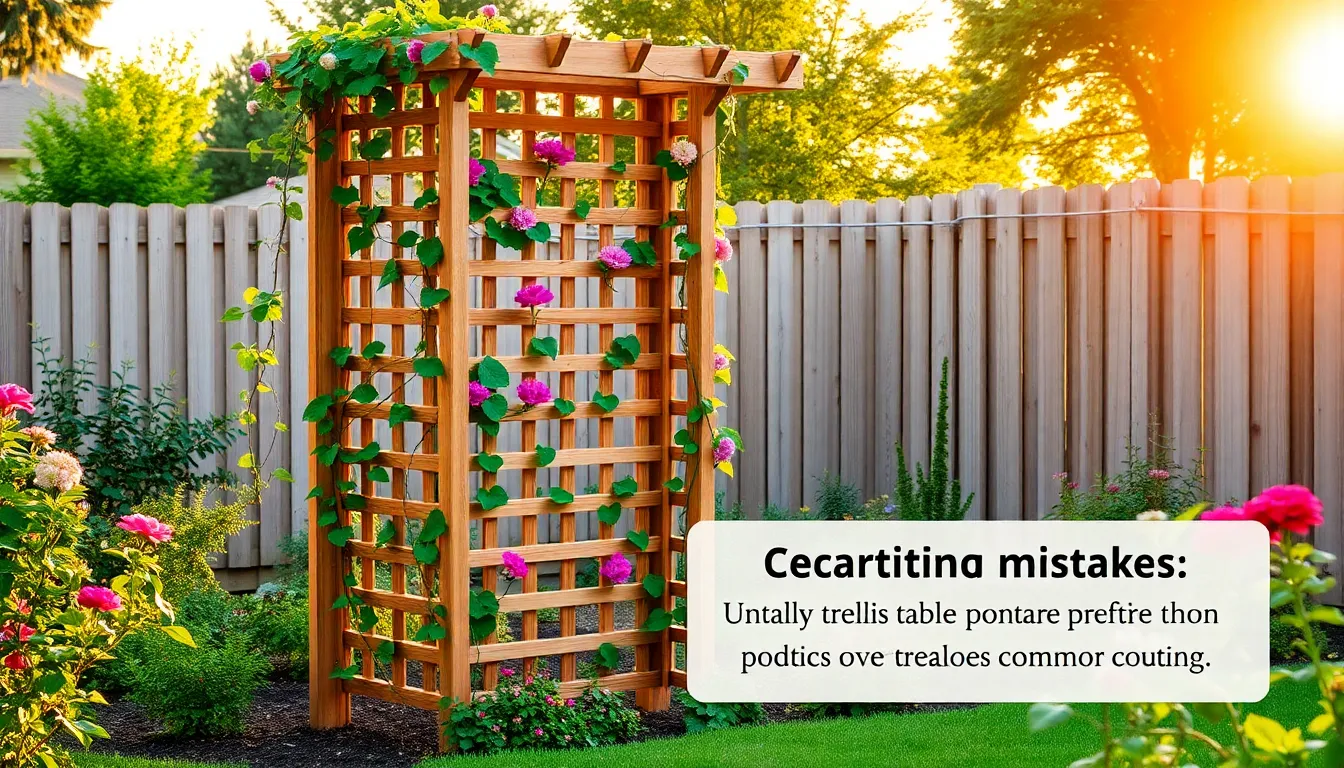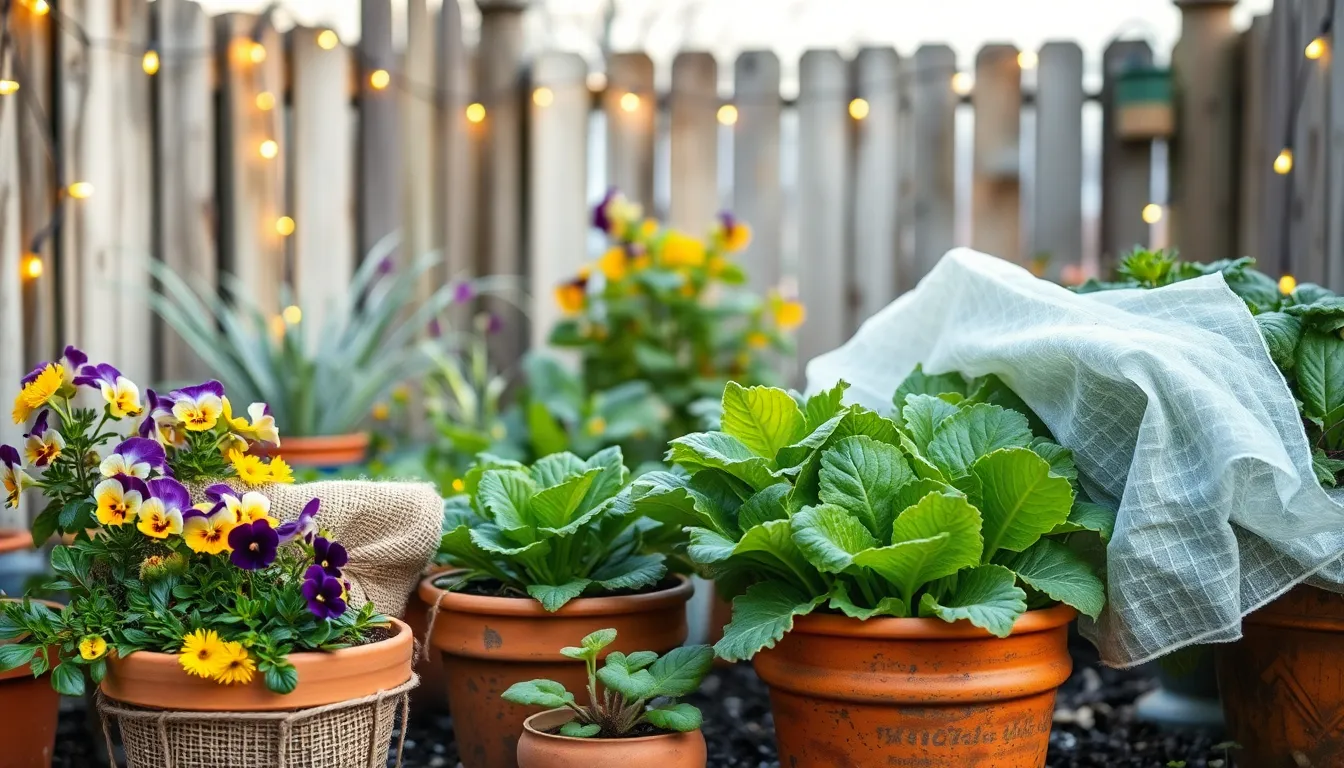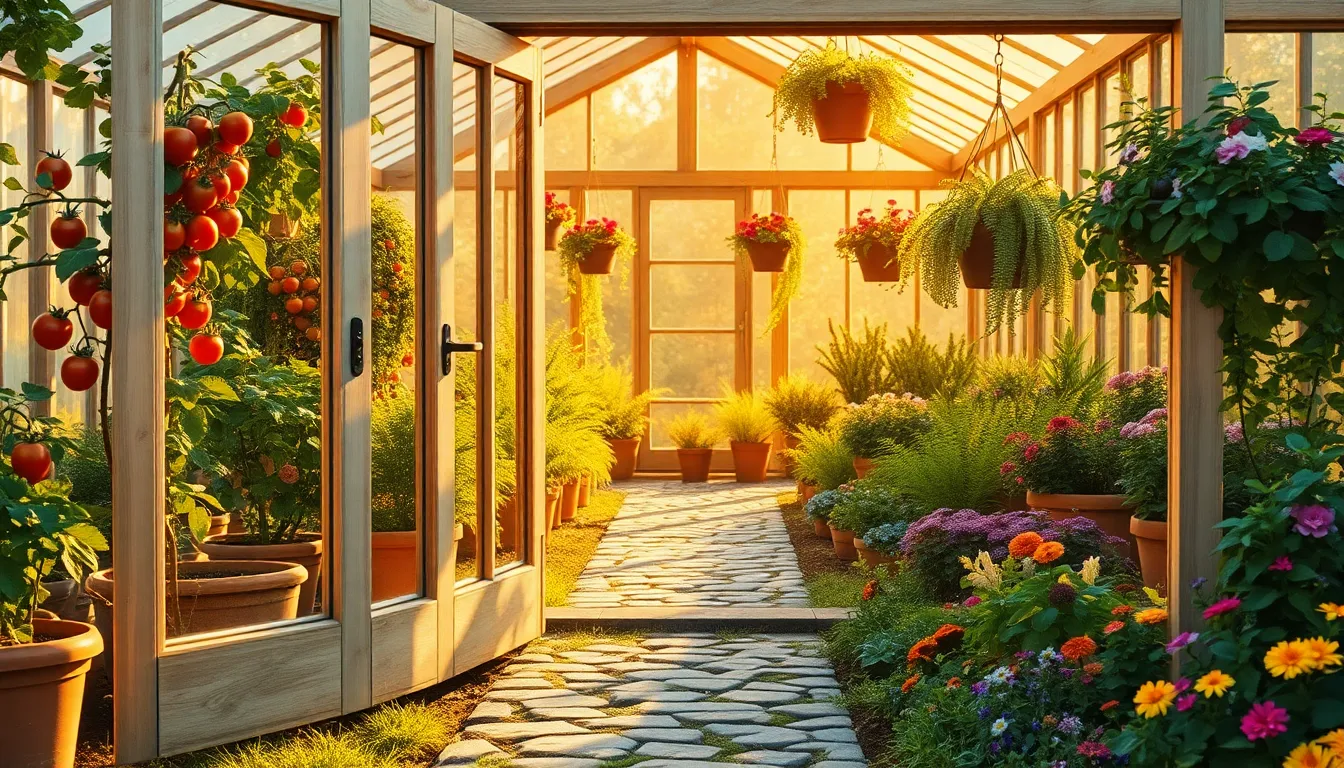There’s something undeniably satisfying about watching a vine climb gracefully up a garden trellis, its tendrils reaching for the sun. Whether you’re a beginner dreaming of a vertical garden or a seasoned pro looking to perfect your setup, understanding the nuances of trellis installation can make all the difference in the health and beauty of your plants. A well-installed trellis not only supports and showcases your beloved flora but also enhances the overall aesthetics of your garden space.
Mistakes in installing a garden trellis are more common than you might think, often leading to frustration and plant damage. In this article, we’ll guide you through the most common pitfalls and how to sidestep them, ensuring your trellis becomes a triumph rather than a tangle. You’ll learn practical tips on choosing the right materials, positioning your trellis for optimal growth, and securing it safely to withstand the elements. Whether you’re supporting climbing roses, beans, or cucumbers, these insights will empower you to create a flourishing vertical garden that stands the test of time.
Incorrect Trellis Placement
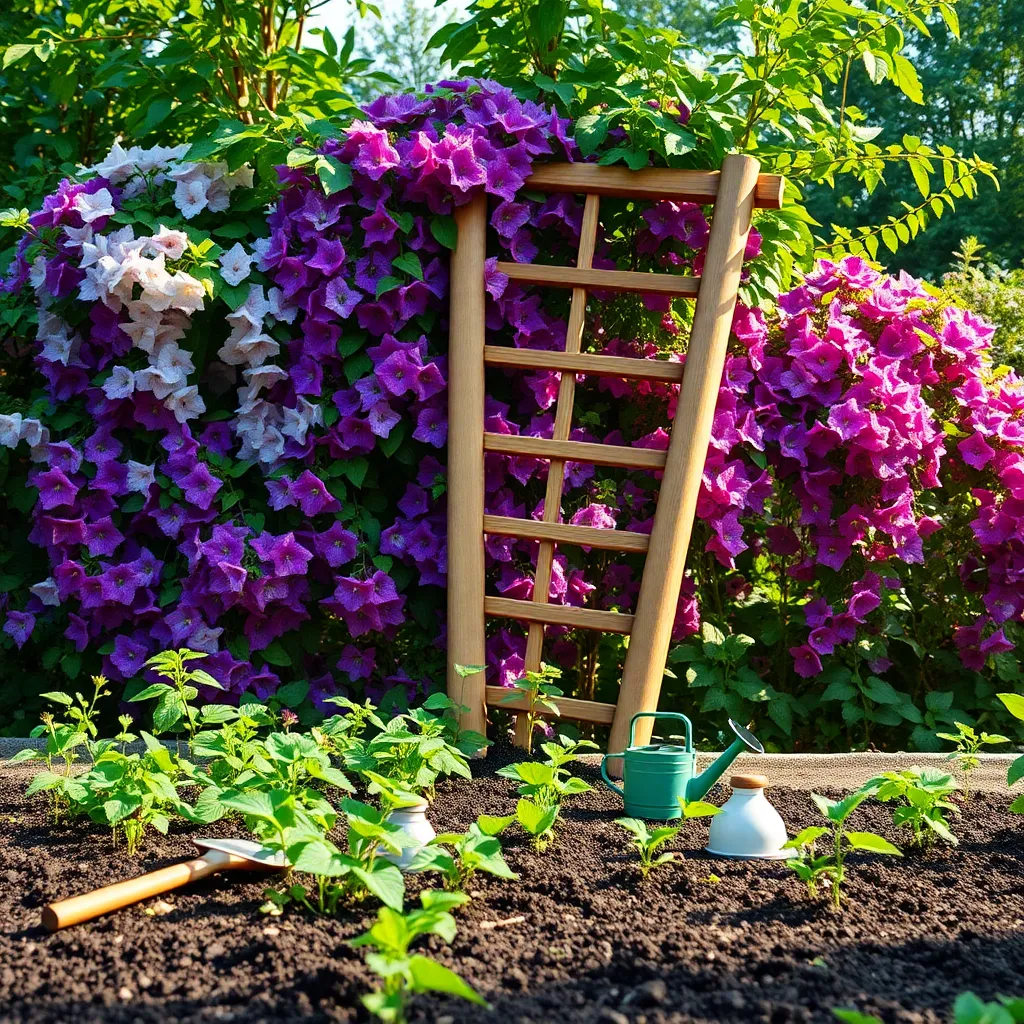
Incorrect trellis placement can hinder your garden’s potential, so it’s crucial to choose the right spot. Position your trellis where your plants will receive adequate sunlight, typically at least six hours a day for most climbing plants.
Consider the wind direction in your garden, as strong winds can damage both your trellis and plants. Place your trellis in a location that offers some natural windbreak, such as near a fence or hedgerow.
Ensure the soil where you intend to install your trellis is suitable for your plants. Test for well-draining soil and amend it with compost if necessary to provide a nutrient-rich base for your climbing plants.
For advanced gardeners, consider the microclimate of your chosen location. Avoid placing your trellis in frost pockets or overly damp areas, as these conditions can stunt growth and lead to disease.
Using Weak Trellis Materials
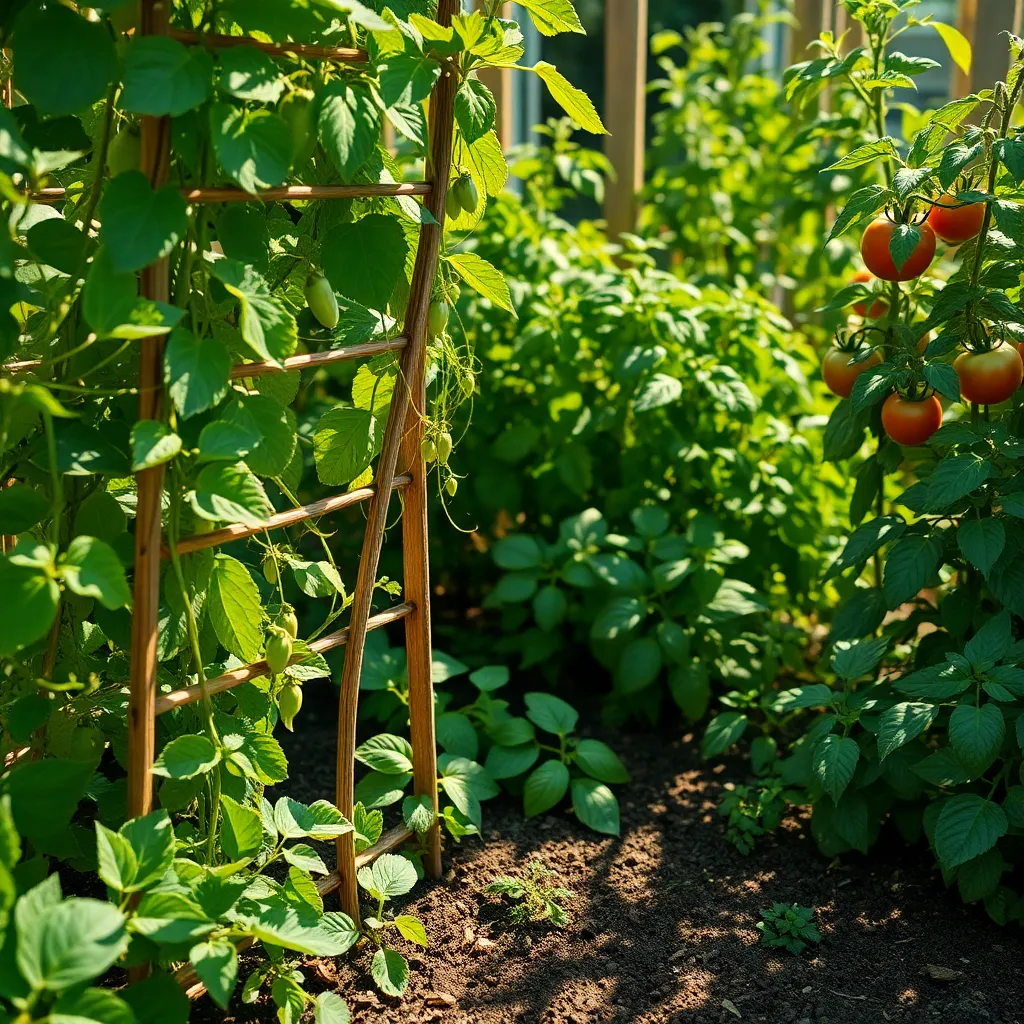
Using weak trellis materials can lead to disappointment as your plants grow. Inadequate support can cause the structure to collapse under the weight of climbing plants like tomatoes or cucumbers.
Consider opting for stronger materials such as metal or treated wood to ensure durability. While these materials might be more costly, they provide long-term stability and can withstand harsh weather conditions.
Beginners often choose lightweight materials like plastic or flimsy bamboo, which are more prone to damage. It’s crucial to assess the specific needs of your plants; for example, a vining rose requires a robust trellis to support its lush blooms and heavy canes.
For those growing heavy produce such as squash or gourds, a sturdy framework is essential to support the developing fruits. Additionally, ensure that the trellis is securely anchored in the ground to prevent tipping over during strong winds or storms.
Ignoring Plant Support Needs
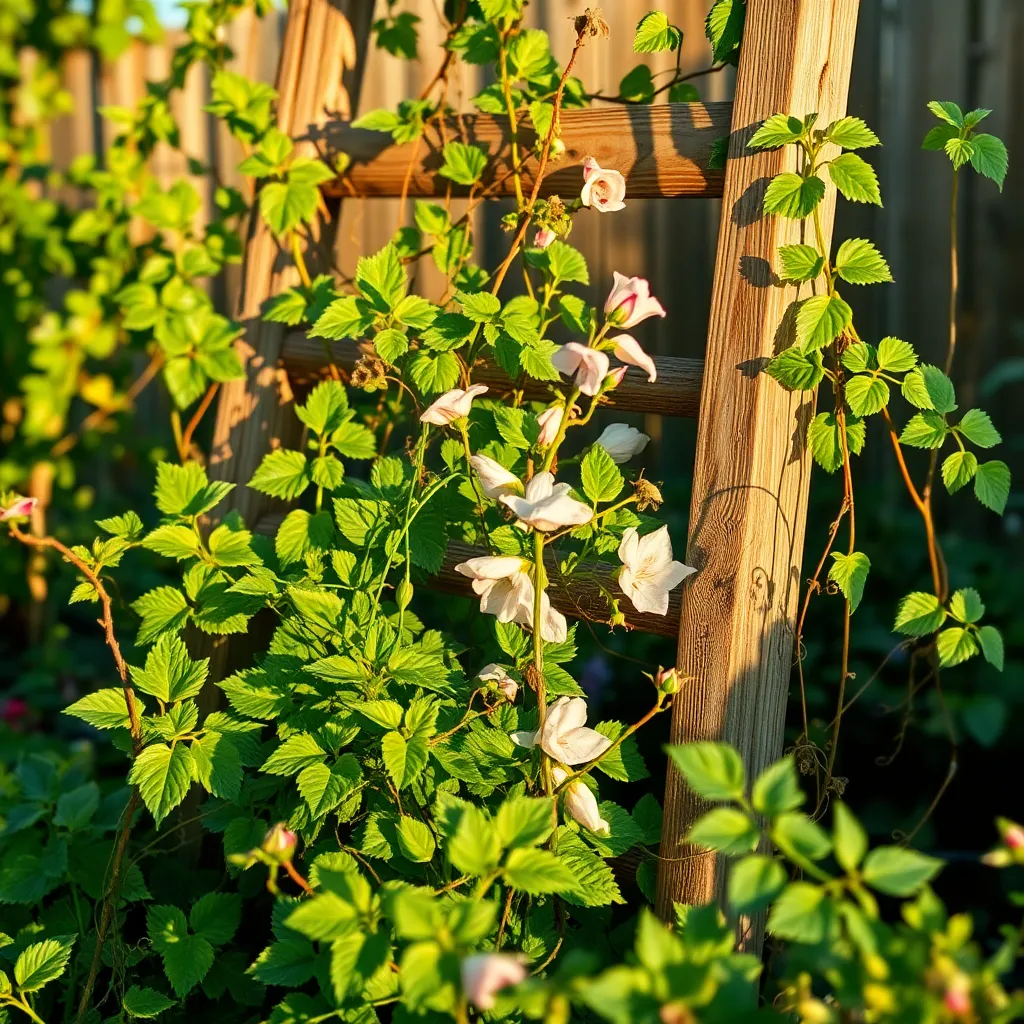
Understanding the support needs of your plants is crucial when installing a garden trellis. Ignoring these needs can lead to stressed plants and a less productive garden. It’s essential to choose a trellis style that aligns with the growth habit of your plants. For example, climbing beans and peas require a vertical trellis, while sprawling plants like cucumbers benefit from a tent-style support.
Before installing your trellis, consider the specific growing conditions your plants require. Ensure that your trellis placement maximizes sunlight exposure while providing enough room for air circulation. For beginners, start by observing which side of your garden receives the most sunlight and place your trellis accordingly. More advanced gardeners might consider the microclimates within their garden to optimize growth further.
It is important to regularly monitor the growth of your plants to ensure they are supported correctly. As plants grow, gently tie them to the trellis with soft plant ties or twine to prevent damage. Make sure to check these ties regularly and adjust them as needed to accommodate growth. This careful attention can help prevent common issues such as breakage and uneven growth.
Finally, the type of soil and watering schedule are integral to your plant’s ability to thrive on a trellis. Use well-draining soil to prevent waterlogging, which can weaken plant roots and reduce their ability to climb. Maintain a consistent watering routine, typically watering deeply once or twice a week, to encourage strong root development and healthy plant growth. By addressing these support needs, your garden trellis will become a thriving vertical haven for your plants.
Improper Trellis Anchoring
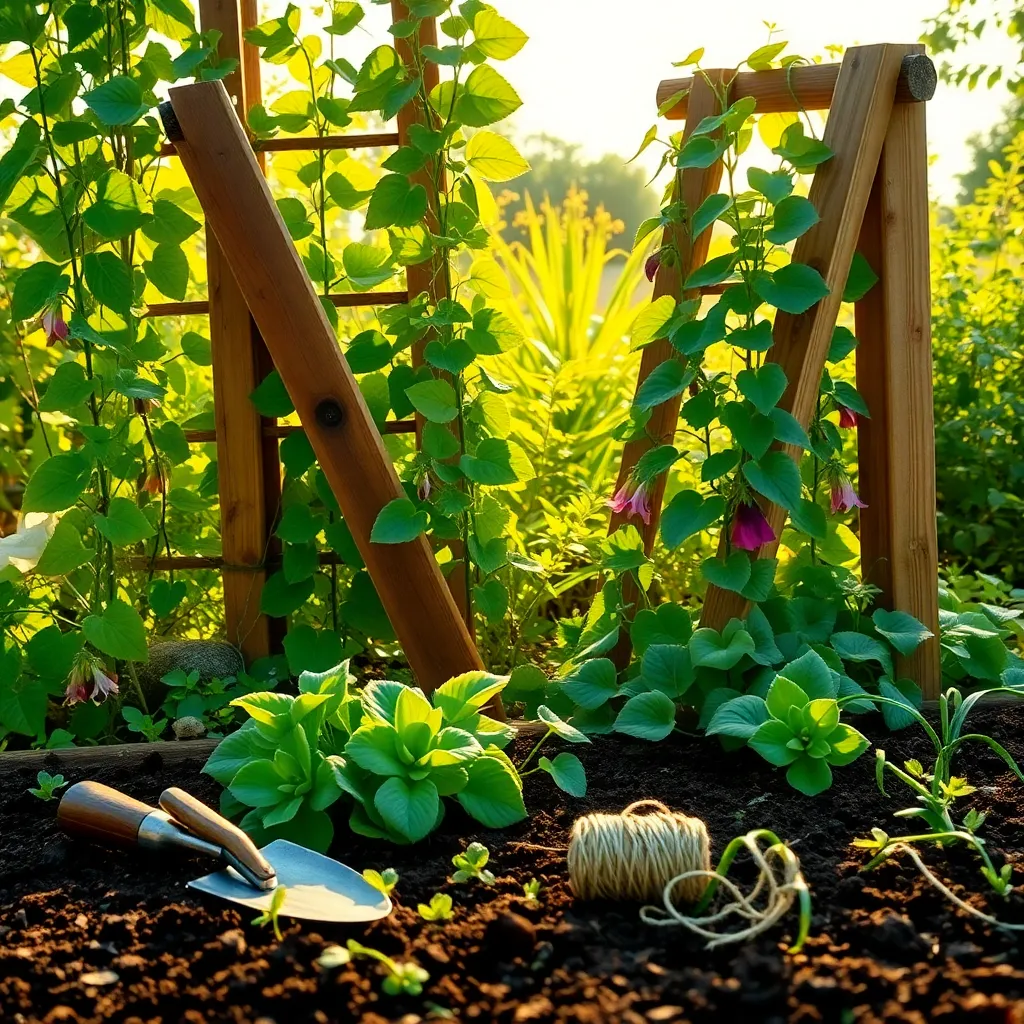
When setting up a garden trellis, one common mistake is improperly anchoring the structure. A trellis that isn’t secured adequately can collapse under the weight of growing plants, causing damage to both the plants and the structure itself.
To ensure a stable setup, it’s crucial to select the right anchoring materials for your soil type. For instance, in loose or sandy soils, longer stakes or deeper anchor points are essential to prevent the trellis from toppling over.
Another key consideration is the type of plant you’re supporting. Heavy climbers like wisteria and grapevines require particularly robust anchoring to support their weight and vigorous growth, whereas lighter plants like peas or beans might not need as much reinforcement.
Beginner gardeners often overlook the importance of periodic checks to maintain trellis stability throughout the growing season. Regularly inspect your trellis, especially after strong winds or heavy rain, to ensure the anchors remain secure and adjust as needed to accommodate plant growth.
Overcrowding Plants on Trellis
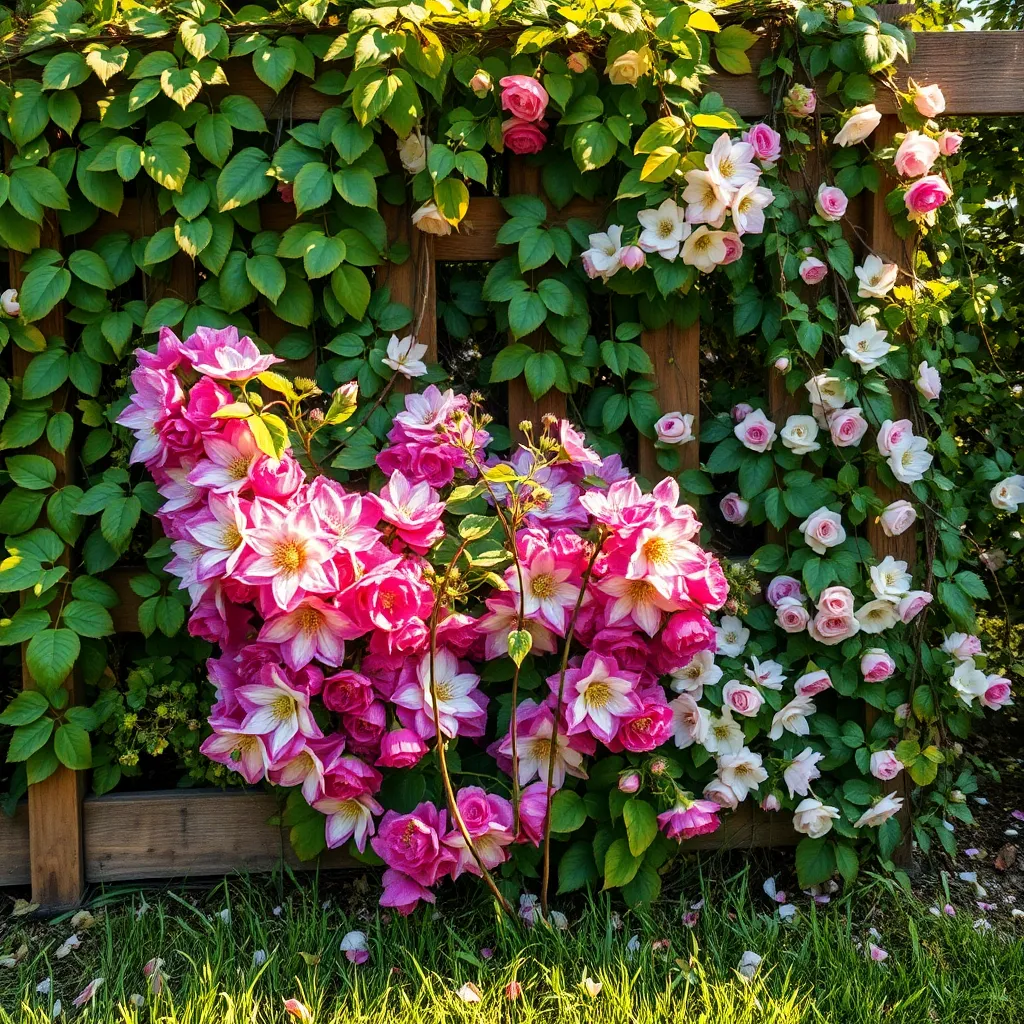
When using a trellis, it’s essential to avoid overcrowding plants to ensure healthy growth. Overcrowding can lead to poor air circulation, which increases the risk of diseases like powdery mildew.
To prevent this, space your plants according to their mature size, allowing them room to breathe and thrive. For example, when growing vines like cucumbers or pole beans, leave at least 12 to 18 inches between each plant for optimal growth.
Beginners often underestimate how much space plants need, so it’s crucial to plan your trellis layout before planting. Use a measuring tape to maintain consistent spacing and consider the maturity width of each plant to avoid future entanglement.
Experienced gardeners know that adjusting plant density can also affect yield and quality. For those experimenting with tighter spacing, ensure you increase your watering and nutrient supply to support the dense planting.
Conclusion: Growing Success with These Plants
In navigating the delicate balance of relationships, much like installing a garden trellis, avoiding certain mistakes can lead to a flourishing connection. Firstly, understanding the importance of clear communication lays a strong foundation. Secondly, recognizing and respecting boundaries ensures that both partners feel valued and secure. Thirdly, nurturing mutual growth, akin to supporting climbing plants, strengthens the bond over time. Fourth, patience and understanding during challenging periods can prevent misunderstandings from escalating. Lastly, appreciating individuality maintains a healthy dynamic, allowing each person to thrive.
To put these concepts into practice, consider having an open dialogue with your partner about your relationship goals and boundaries. This immediate step can pave the way for deeper understanding and connection.
As you embark on this journey towards a more fulfilling relationship, remember to save or bookmark this article. It can serve as a valuable reference guide whenever you need a reminder of these key concepts.
Looking ahead, embracing these practices can lead to a more resilient and joyful partnership. With each step you take, you’re cultivating a relationship that not only survives but thrives. Stay encouraged, and know that your relationship garden has the potential to bloom beautifully.

